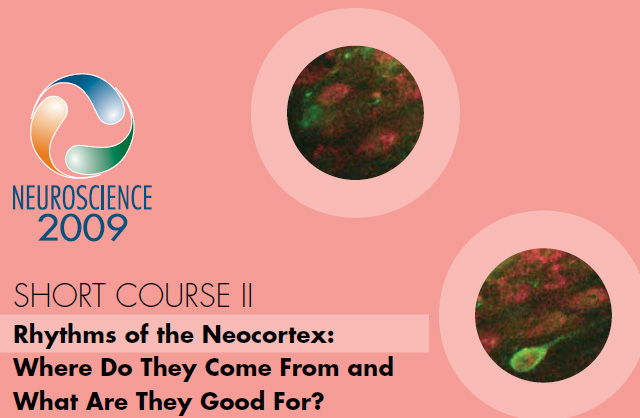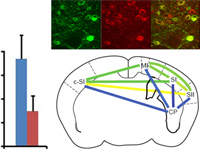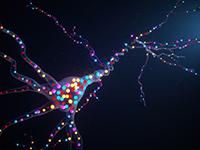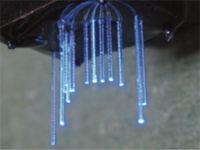
Progress in neuroscience commonly emerges from
technological innovation. It can empower neuroscientists
to answer old, much debated questions in
a more conclusive fashion and often opens up the
possibility of confronting entirely new questions
about the brain. To understand how neural dynamics
emerge from the action of coordinated ensembles of
specific types of neurons in the brain, two core abilities
are ever in need of innovation:
• The ability to perturb neural circuit elements in a
temporally and spatially precise fashion throughout
neural circuits in vivo; and
• The ability to record large ensembles of neurons in
the brain of the awake behaving animal.
Rhythmic, synchronous neural activity within and
between brain regions has been observed during,
or associated with, many brain functions; these
include timing-dependent plasticity, global stimulus
feature processing, visuomotor integration, emotion,
working memory, motor planning, and attention.
These activities have been measured with multielectrode
recording, electroencephalography (EEG),
magnetoencephalography (MEG), and local field
potential (LFP) analysis. Furthermore, abnormal
patterns of neural synchrony have been associated
with a variety of neurological and psychiatric disorders,
such as Parkinson’s disease, epilepsy, autism, and
schizophrenia. Computationally, synchrony has been
implicated in processes such as grouping neurons into
cell assemblies that can more effectively represent
information to downstream neural networks, acting
as a clock for gating or multiplexing information,
coordinating information flow within small
neural networks, selecting stimuli for attention, and
performing pattern recognition.
However, defining the causal role such synchronous
patterns play in mediating neural computation and
behavior has remained difficult. In recent years, we
and others have developed novel technologies that
support this agenda and are now finding wide use
in neuroscience. In this chapter, we will focus on
exploring the implications for neural rhythm analysis
of two sets of technologies:
• Genetically encoded molecular sensitizers that
enable neurons to be activated or silenced with light
in a temporally and spatially precise fashion; and
• Hardware for perturbation and recording of
neurons in complex (e.g., three-dimensional)
geometries throughout the brain.


